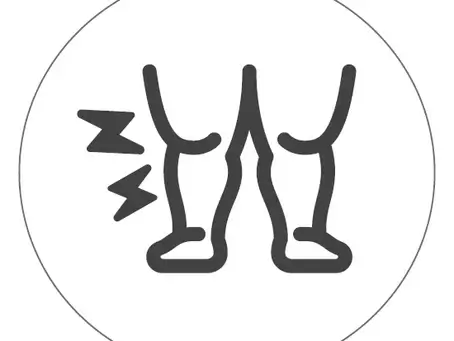Obesity and injuries each have their own significant burdens on society, and the workplace is no exception. But what about the link between the two? Let’s delve a little deeper.
The increasing and strong prevalence of overweight and obesity across Australia has huge impacts on our workplaces. Put simply, overweight workers are less productive, need more time off and they are more prone to injury.
This is obesity by the numbers:
-
2 in 3 adults are overweight or obese.
-
Obesity is linked to over 4 million lost work days each year.
-
Overweight employees are 15% more likely to suffer a workplace injury. For obese employees, this figure rises to 48%.
-
The probability of being absent from work increases with increasing body weight. Overweight workers are 32% more likely to miss work, obese workers are 62% more likely and the morbidly obese are more than 118% more likely to miss work than their healthy weight counterparts.
The link between obesity & injury risk – why it needs to be a priority for your workforce:
For every kilogram you are overweight, 3 extra kilos of pressure is placed on the knees.
Obesity accelerates wear on the joints limiting the body’s amount of movement and agility. Obese workers will often experience difficulty squatting and climbing stairs. This is because the force on the knees is about three times a person’s body weight with walking – when other activities such as running or climbing stairs are undertaken, the forces can reach six to 10 times the body weight.
Can you afford for your staff to have difficulty squatting and climbing stairs? Unfortunately, these are basic activities that need to be performed daily for a large percentage of the population, but 2 in 3 of these people will be doing it and be at high risk of sustaining an injury.
Being overweight or obese also restricts your physical capacity by reducing mobility and flexibility, which leads to a higher risk of injury compared to healthy weight workers without these physical capacity limitations. Research states that the probability of falls, trips or stumbles, and resulting musculoskeletal injury, rises with obesity. This is at least partially attributed to the way obesity negatively affects balance and postural stability, increasing the risk of falling. There is also evidence that obesity increases the risk of certain work-related injuries such as musculoskeletal disorders, heat stress, transportation accidents and vibration- induced injury. Alarmingly, protective clothing and equipment may be less likely to be worn by obese workers, or be less suitable for them because of poor fit or reduced availability, potentially leaving the worker vulnerable to injury. Or, obese employees may simply be less likely to wear protective equipment such as gloves and goggles because it is uncomfortable. This is a huge risk that could ultimately cost a life or significantly reduce quality of life due to catastrophic injury.
Is it your industry? Does the job promote obesity?
Research continually tells us that shift work can contribute to obesity due to the disrupted sleep and eating patterns which characterise this work type. Any job roles that are sedentary in nature, such as office jobs and truck/taxi driving, also promote obesity if employees do not have opportunities to exercise – and/or the education and awareness of the importance of exercise and healthy eating. In addition to this, job roles which involve meeting deadlines and working under time pressure may also encourage weight gain if employees do not have time to prepare healthy food or take time out to exercise. Nor does this consider the impact of stress on one’s health, which can also significantly impact waistlines.
If you consider yourself to be in a high risk industry, or you agree that 2 in 3 Australian workers being at risk of injury due to their weight is too high – then get in touch today to discuss the many options e have available. Our workplace services are customised to each workforce, ensuring the biggest impact on health and lives changed for the better.
Email [email protected] to get the ball rolling on improved health, safety & injury outcomes for your workplace today.

